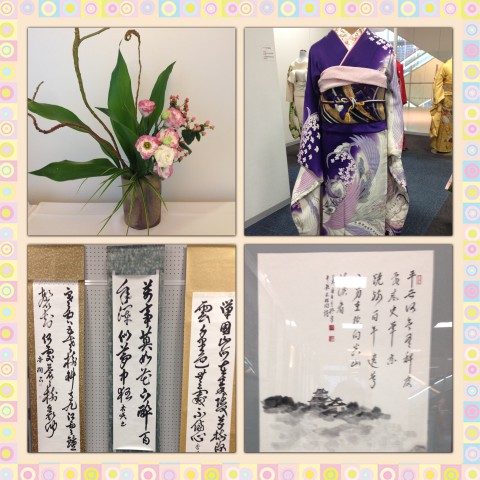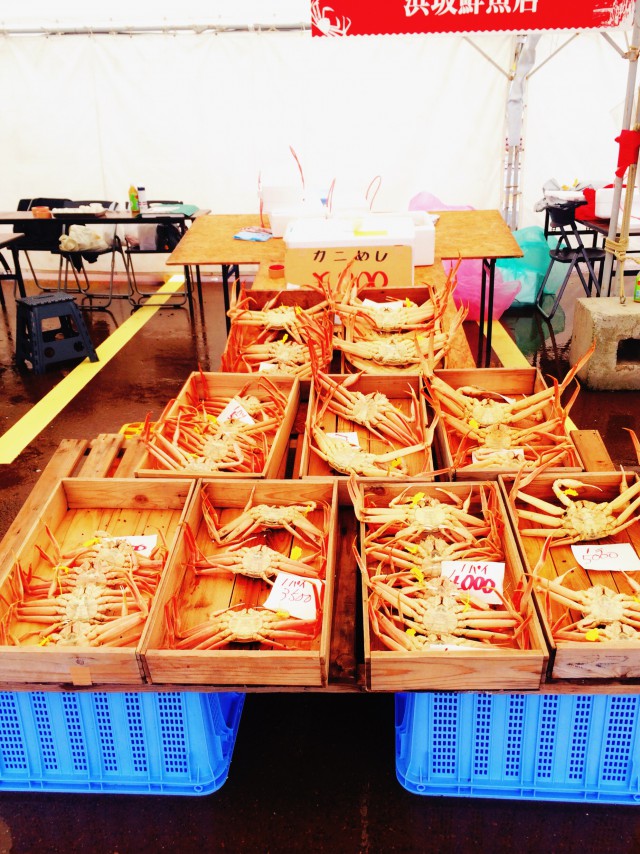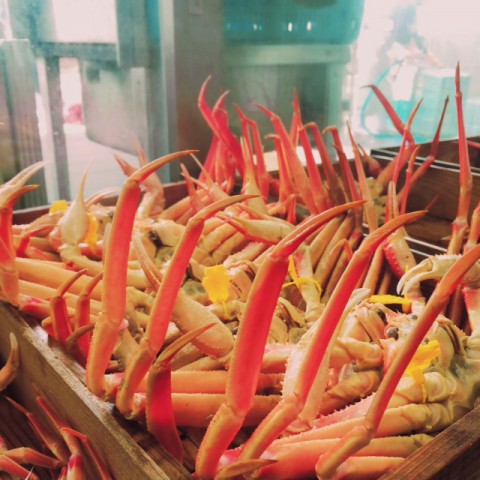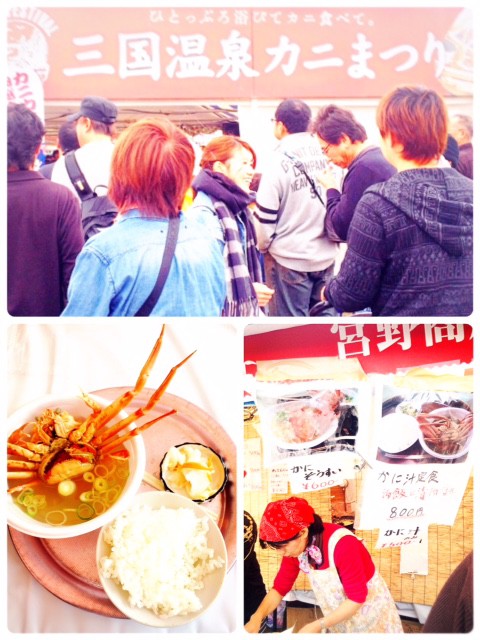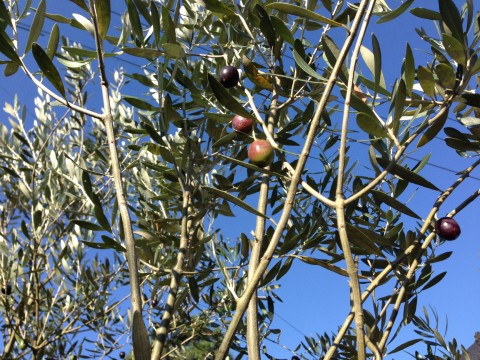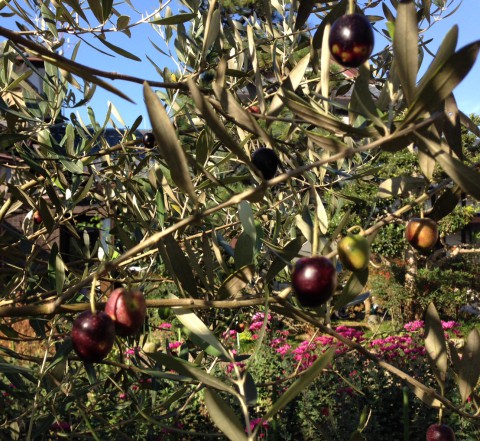Dinosaurs at Fukui station
2015.11.19
3 moving dinosaur models at Fukui station.
Facing the station, from the left, they are Fukuiraptor, Fukuisaurus, and Fukuititan.
Behind those dinosaurs, there is a picture of the Jurassic period, and it matches
the 3 dinosaurs and it makes them look more powerful.
Unfortunately, the three dinosaur models exhibition will be finished in December, 2015.
There must be many reasons for removing the dinosaurs but
I feel that they can even add more there.
T.S
Fukui station 「dinosaur square」 information(Fukui prefecture HP)


